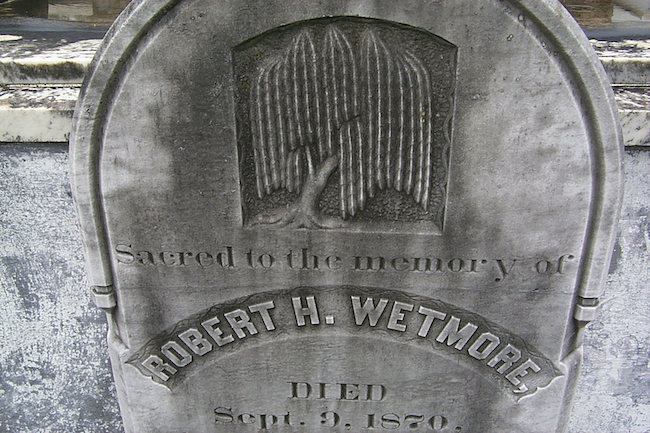Much has been written about the stoicism of the folks who first settled in the Ozarks. Hard working, eager to put down roots and create farms, sawmills and businesses, these people had little time for self-expression or leisure. However, if you walk through old cemeteries, you will see Victorian tombstones that challenge that notion.
As one old-timer old me, “We didn’t take family vacations. Kids had to work in the summers—if not for their own families, then for someone else.”
On a recent trip to a little cemetery in Phelps County, I thought how enigmatic that old tombstones showed a flair for creativity, while modern tombstones appear boring. My pal in Vienna, the one who wrote the book on cemeteries in Maries County, described the epitaphs from the Victorian period as “unashamedly sentimental.”

Victorian Tombstones in the Ozarks
Indeed these old tombstones smack of sentimentality, not only in their epitaphs, but also in highly symbolic artwork. When choosing a tombstone, a customer looked through a book containing lists of epitaphs and symbols. Then, the customer chose the ones he wanted and then, worked with the engraver to design the layout of the stone. Of course, the customer could include an original epitaph if he so desired.

At a little cemetery near an old country church in the Ozarks, we saw about 80 tombstones stood scattered here and there. At least half of them dated from the Victorian era and were made of marble. Three of the headstones typified a very common symbol of the index finger pointed to Heaven at the top of the stone, and one included the epitaph “Gone Home” under it.

Several tombstones showed the symbol of the tree of life, which looks like a weeping willow. One woman wanted to leave a message under the tree for all to see: “Prepare to Meet Me in Heaven.” Also included on this tombstone, someone had engraved a curtain around the top and a set of magnificent doors that open into Heaven.

The curtain, sometimes carved on all 4 sides of the stone, must have been a very popular add-on. The curtain is hardly ever the only symbol on a stone. According to the graveyard sleuth in Maries County, the curtain represents the transition, the movement from dark to light, from life on earth to eternal life.
Getting Home
It’s obvious that Heaven was the ultimate goal for these early settlers. We found clasped hands, a symbol of either saying goodbye to earthly life or of being welcomed into Heaven, carved on many stones throughout this cemetery.

The setting sun, symbolizing the end of earthly life, could be found on a couple of stones, and a blazing torch with licks of flames surrounding it was also popular. One stone represented the altar, complete with an open Bible on top.
Suffer Not the Little Children
Although several children lie at rest in this cemetery, only one tombstone had the common symbol of a little lamb in repose. Bible verses, such as “Suffer the Little Children to Come Unto Me,” and a paraphrasing of the Lord’s prayer, “God’s Will Be Done,” were included.

Other children’s names were included alongside their parents’ names on a family tombstone. In fact, it’s not unusual for families to be grouped together in rural cemeteries, because back then, they had the space to do so.
This little cemetery is one of several public cemeteries available to anyone who might want to step back in time for a while. If you decide to go to a cemetery, you might want to take a soft hairbrush to clean lichens from the stones, and a piece of fat chalk. When you rub the chalk over the face of the stone, the words and pictures suddenly appear. Wear gloves if you need to move earth from the bottom of the stone to read the engravings. Often, broken fruit jar glass can be found with naked fingers.
Go for a Visit and Compare
After looking at the old Victorian tombstones, I’d recommend that you walk over to the new section of the cemetery and look at the customs of burials today. You, too, might wonder what has happened to our society.

Why, in this day of so many freedoms, a higher standard of living and more leisure time, does our society place plain headstones, without care and attention of trying to capture the essence of the deceased person, or of his contribution to society? Or, more to the poignant point, why don’t we at least put down that he’ll be missed?




